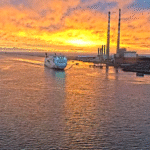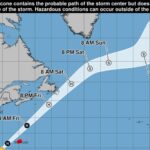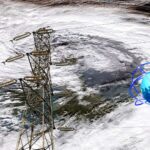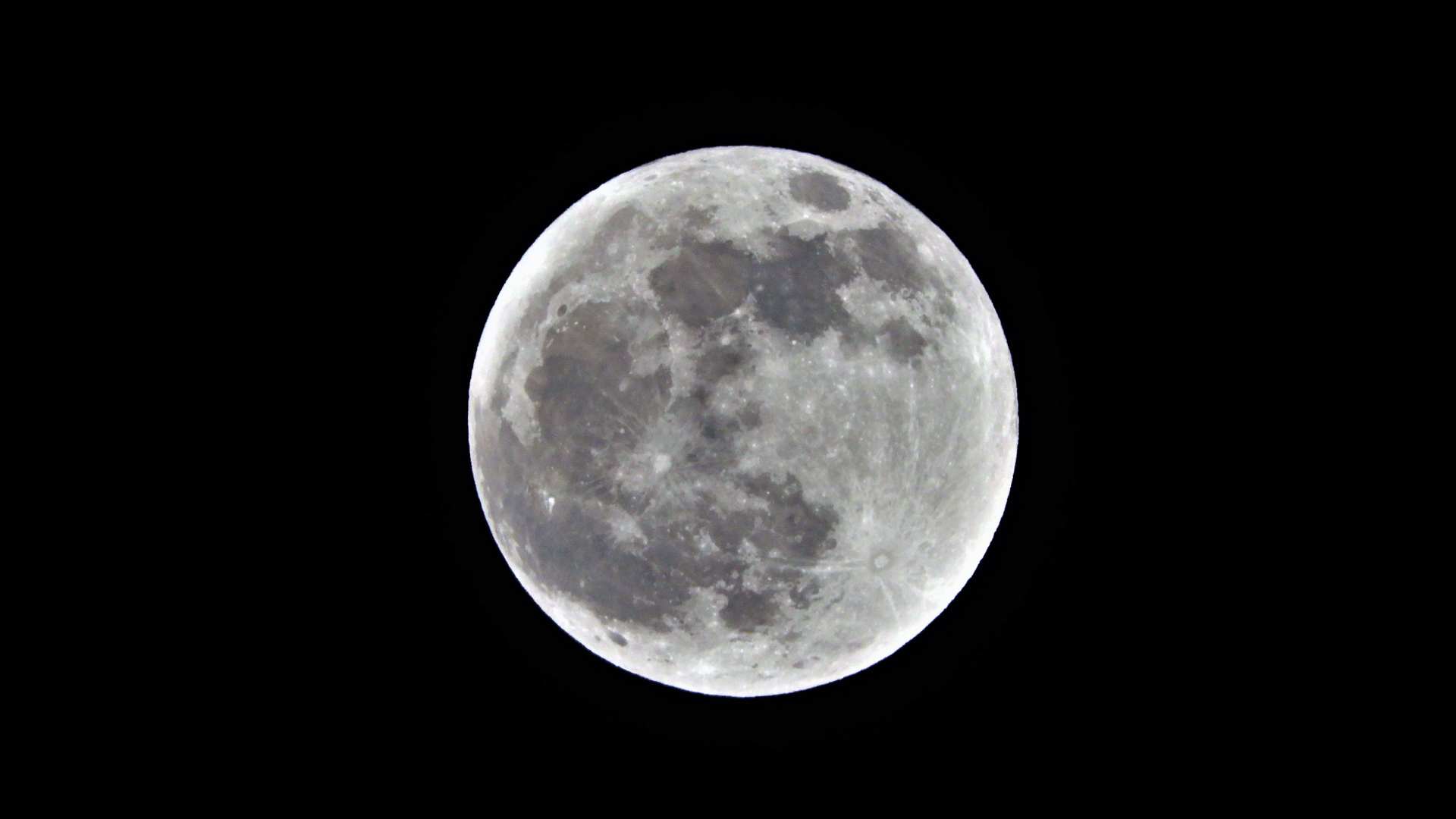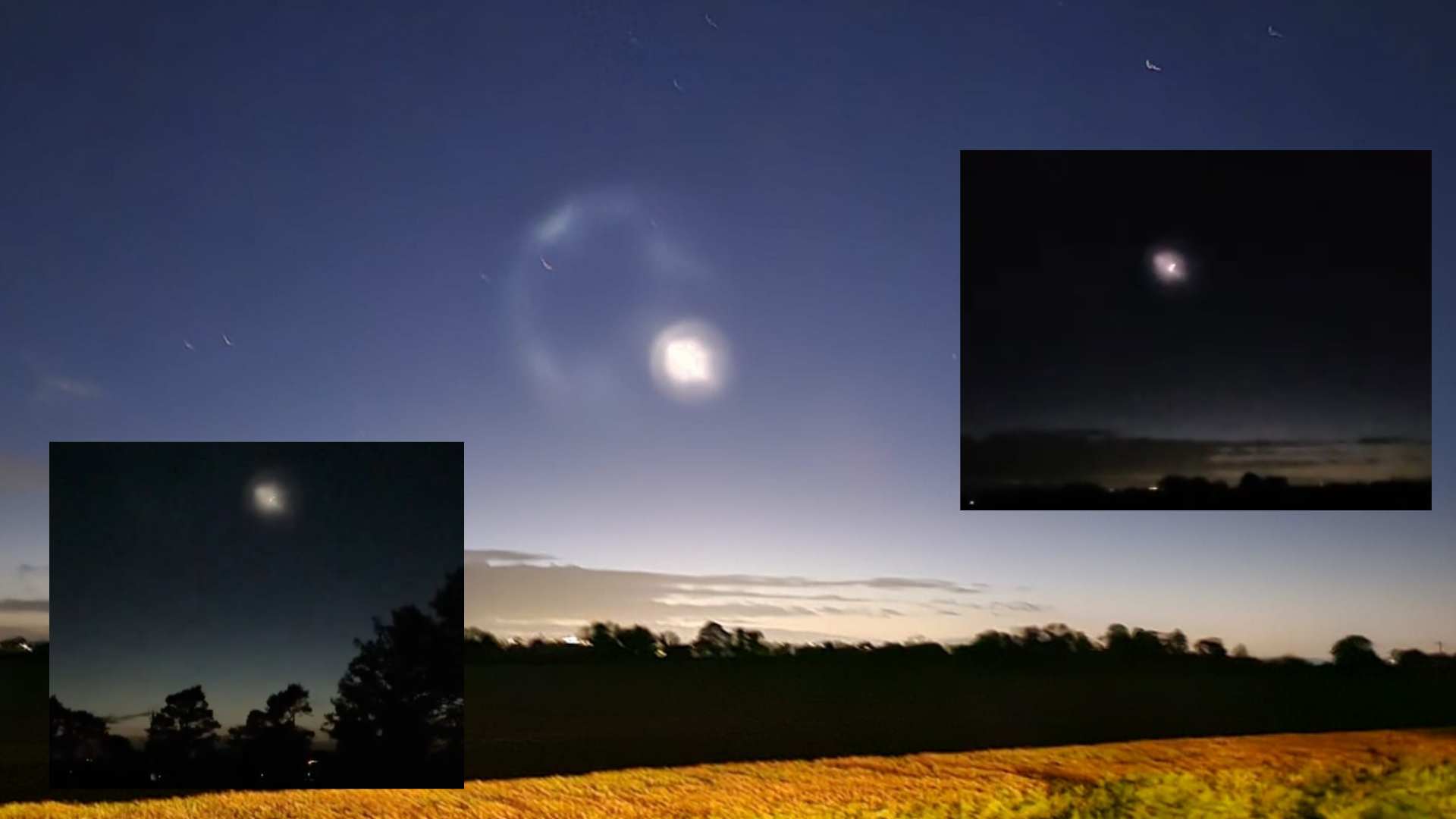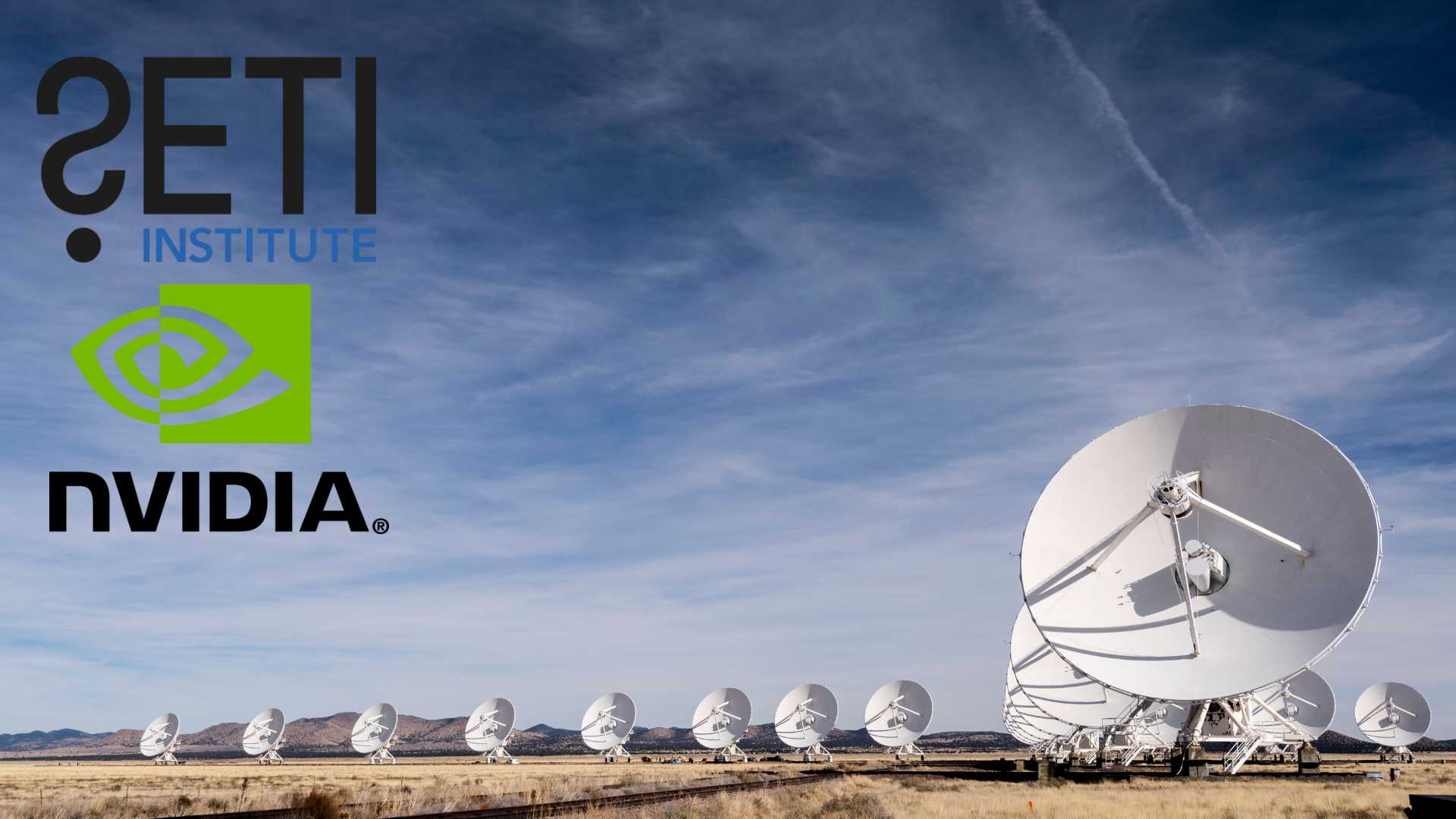
Future geomagnetic storms may hit satellites harder
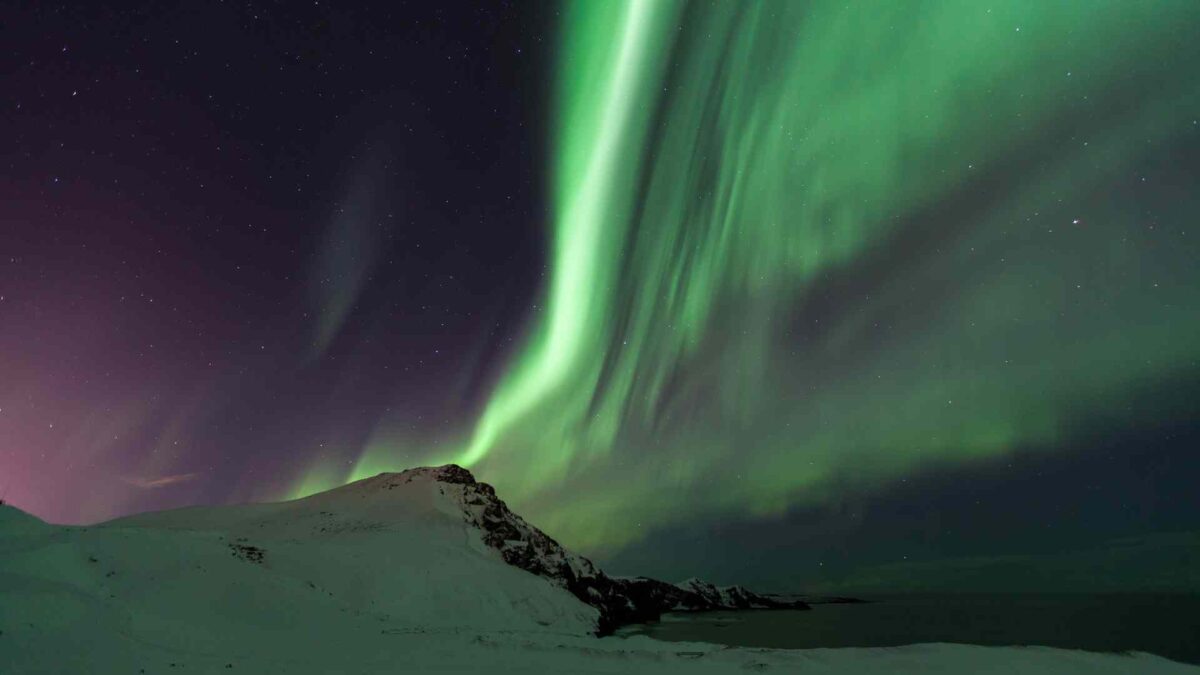
Future geomagnetic storms may affect the Earth’s upper atmosphere in ways that could alter the impact on thousands of orbiting satellites, according to new research led by scientists at the US National Science Foundation National Center for Atmospheric Research (NSF NCAR).
Geomagnetic storms occur when vast eruptions of charged particles from the Sun strike the atmosphere. They can temporarily increase its density, which changes the drag on satellites, affecting their speed, altitude and lifespan.
The study found that while future storms of the same strength as today’s will raise the atmosphere’s density less in absolute terms, the relative increase will be greater. This means the storms could have a proportionately larger effect on a thinner atmosphere.
“The way that energy from the Sun affects the atmosphere will change in the future because the background density is different and that creates a different response,” said NSF NCAR scientist Nicolas Pedatella, the lead author. “For the satellite industry, this is an especially important question because of the need to design satellites for specific atmospheric conditions.”
The research, carried out in collaboration with Japan’s Kyushu University and published in Geophysical Research Letters, examined the geomagnetic superstorm of May 2024. Using advanced computer modelling, the team simulated how the same event would have played out in 2016 and in three future years — 2040, 2061 and 2084 — each during a low point in the Sun’s 11-year cycle.

The simulations indicated that at the peak of a comparable storm later this century, parts of the upper atmosphere could be 20 to 50 per cent less dense than today. However, because the baseline density will be lower, the same storm may have a proportionately greater impact on satellites.
Pedatella said more work is needed to understand how different types of geomagnetic storms will behave and whether their effects vary across the solar cycle. “We now have the capability with our models to explore the very complex interconnections between the lower and upper atmosphere,” he said. “It is critical to know how these changes will occur because they have profound ramifications for our atmosphere.”

